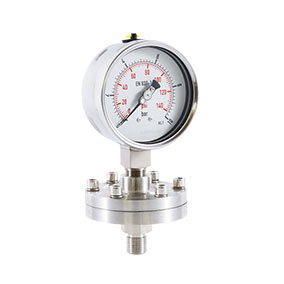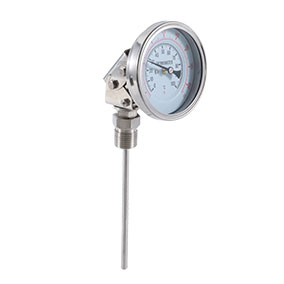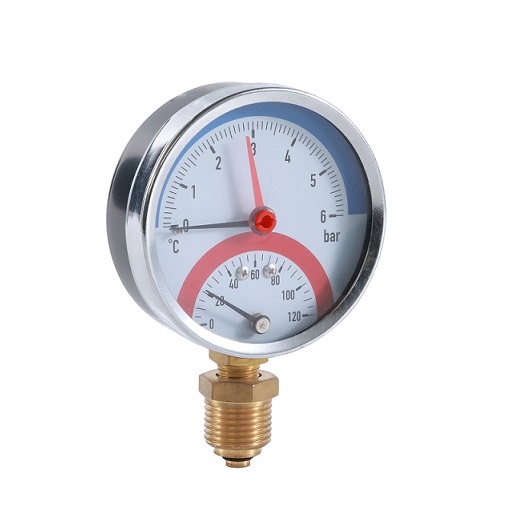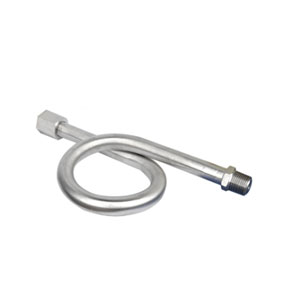Material Selection and Distinctions in Pressure Gauge Design: A Comprehensive Analysis
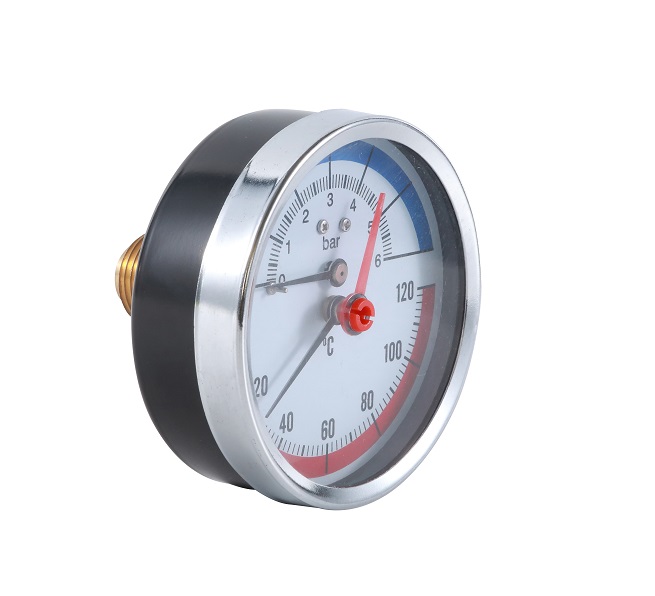
boiler gauge
Pressure gauges, critical instruments in monitoring and controlling pressure levels, require careful consideration in material selection for optimal performance. This paper provides an in-depth exploration of the material choices in pressure gauge construction, emphasizing the distinctions that arise from these selections and their impact on functionality and durability.
1. Introduction: The pivotal role of pressure gauges in industrial processes necessitates a thorough understanding of the materials employed in their construction. This paper aims to delve into the intricacies of material selection for pressure gauges, elucidating the reasons behind the choices made and their implications on gauge performance.
2. Materials Used in Pressure Gauge Construction: A variety of materials is utilized in crafting pressure gauges, each chosen for specific properties and applications. This section outlines the common materials, including stainless steel, brass, aluminum, and plastic, highlighting the considerations that guide their selection.
**3. Stainless Steel Pressure Gauges: Stainless steel, known for its corrosion resistance and durability, is a prominent choice in pressure gauge construction. This section explores the benefits of stainless steel, variations in grades, and its suitability across diverse industrial environments.
4. Brass Pressure Gauges: Brass, valued for its cost-effectiveness and corrosion resistance, finds widespread use in pressure gauges. This section delves into the properties of brass, its limitations, and its applications in industries where corrosion is not a primary concern.
5. Aluminum Pressure Gauges: The lightweight nature and corrosion resistance of aluminum make it a suitable material for certain pressure gauge applications. This section examines the advantages and limitations of aluminum and its specific utility in diverse industrial contexts.
6. Plastic Pressure Gauges: Plastic pressure gauges, appreciated for their corrosion resistance and affordability, have specific applications in non-aggressive environments. This section discusses the considerations for plastic gauge use, including pressure and temperature limitations.
7. Differential Material Selection: Differential pressure gauges, designed for measuring pressure differences, may require distinct materials for various components. This section explores the considerations involved in material selection for differential pressure gauges and their implications on accuracy.
8. Comparative Analysis of Material Choices: A comparative analysis presents a succinct overview of the advantages and disadvantages of different materials used in pressure gauge construction. This section aids in understanding the trade-offs involved in material selection, facilitating informed decisions based on application-specific requirements.
9. Conclusion: In conclusion, the careful selection of materials in pressure gauge construction is paramount for ensuring optimal performance in diverse industrial settings. This comprehensive analysis sheds light on the distinctions in material choices, contributing to advancements in pressure gauge technology and guiding informed decisions in their selection and application.

